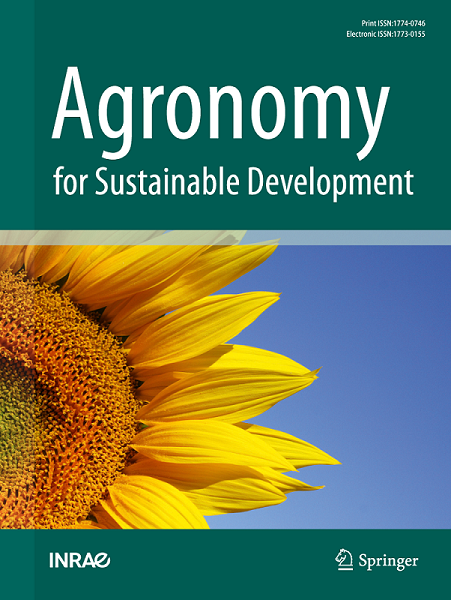Today, we are faced with an increase in the impact of pesticides on the environment, which is becoming a real concern for most agricultural production systems, including vineyards, for a number of reasons, such as the resistance of pest populations to pesticides, the lethal and sublethal effects of pesticides on non-target species, the increase in new invasive pests, the extension of the geographical range of pests due to climate change, and, finally, human health problems. Against this backdrop, the adoption of solutions based on the reproductive behavioral ecology of pests is a subject of prominent (major) interest for the coming decades. Crop pests and, more specifically, disease vectors use sensory cues throughout their life cycle for many fundamental behaviors and in particular for mating, the critical step in population growth. In particular, a large proportion of arthropod crop pests rely on chemical and/or vibroacoustic communication to mate. Several thousand sex pheromones have been identified in insects, most of which can be used either as synthetic baits to trap pests or as behavioral modifiers (e.g., pheromone-mediated mating disruption). Applied biotremology is also emerging as a new discipline for sustainable pest control. Field experiments on vibratotional mating disruption against grapevine leafhoppers are currently ongoing, with promising results. Here we present mating disruption strategies that can be implemented in crop protection, in particular against the main pests and vectors present/occurring in grape production.



